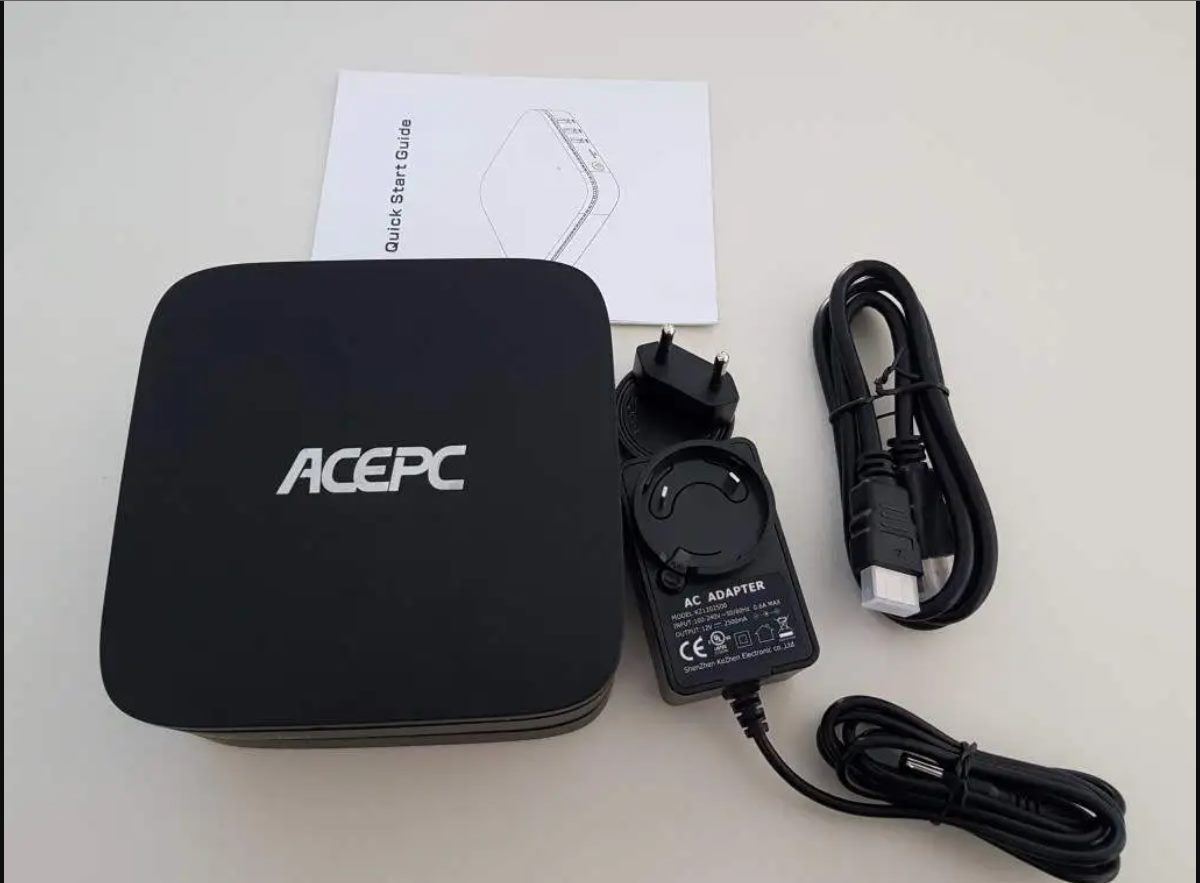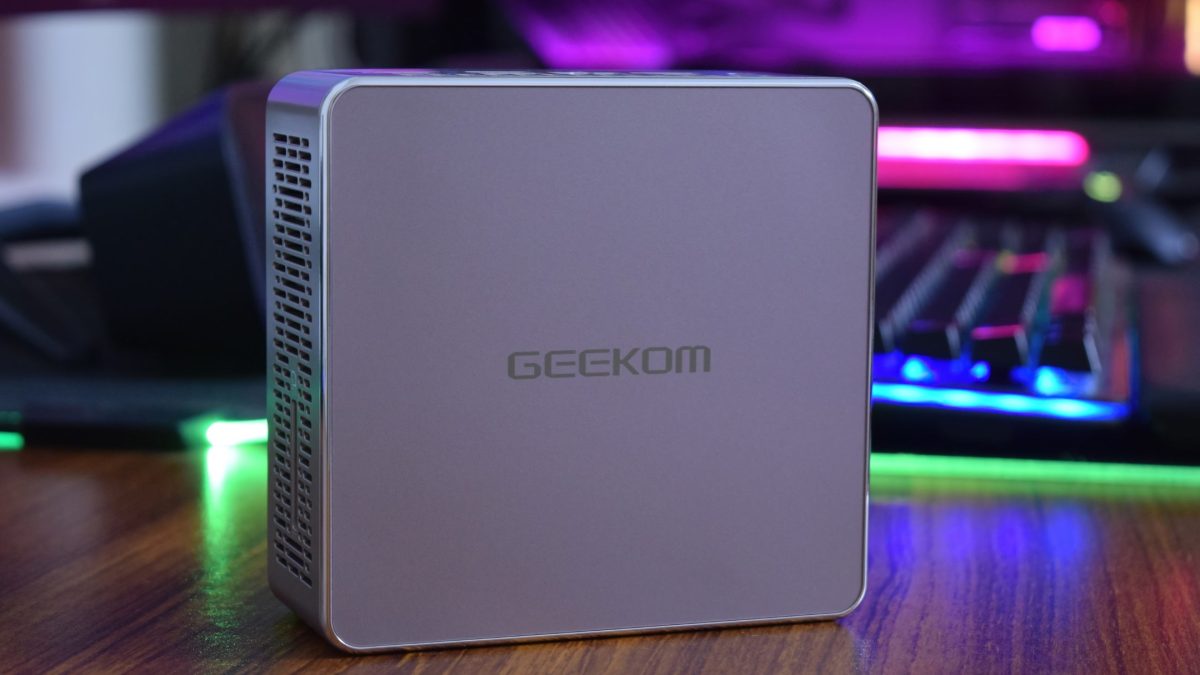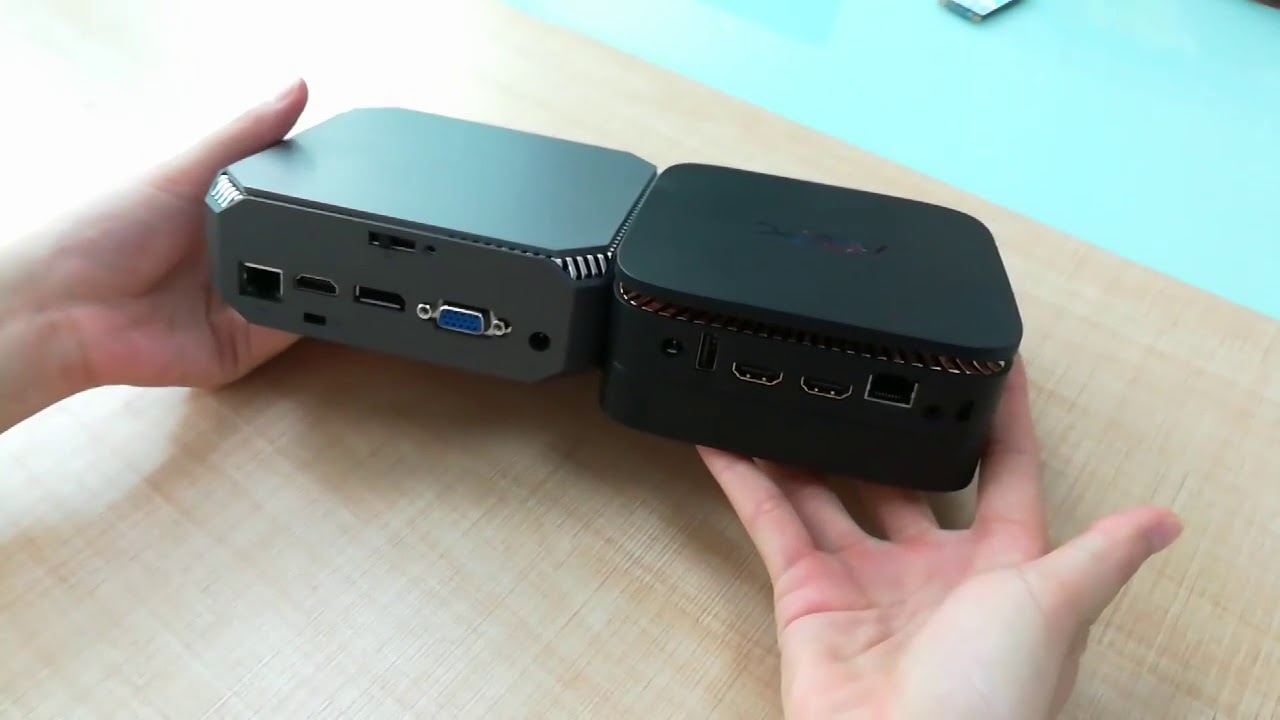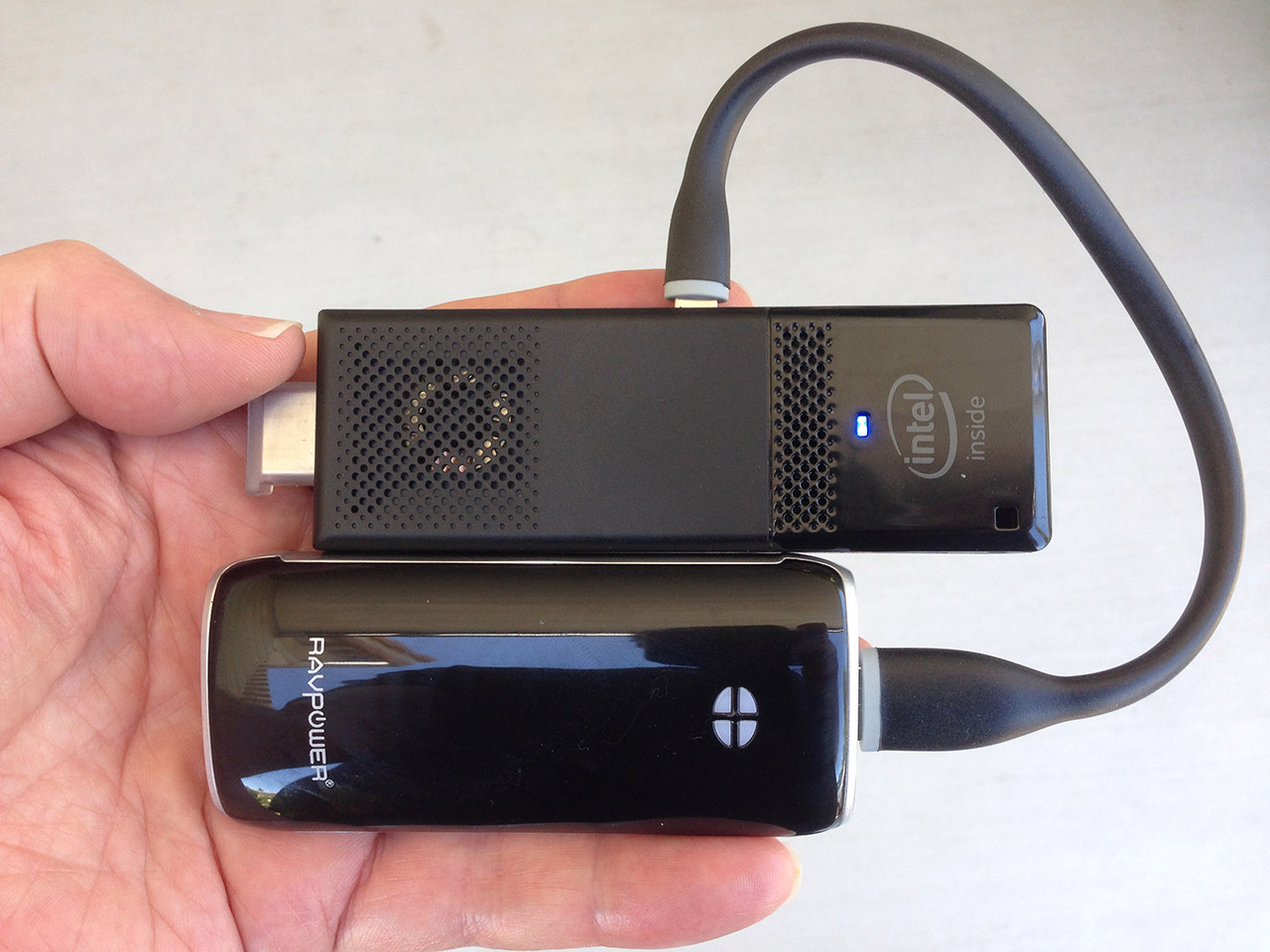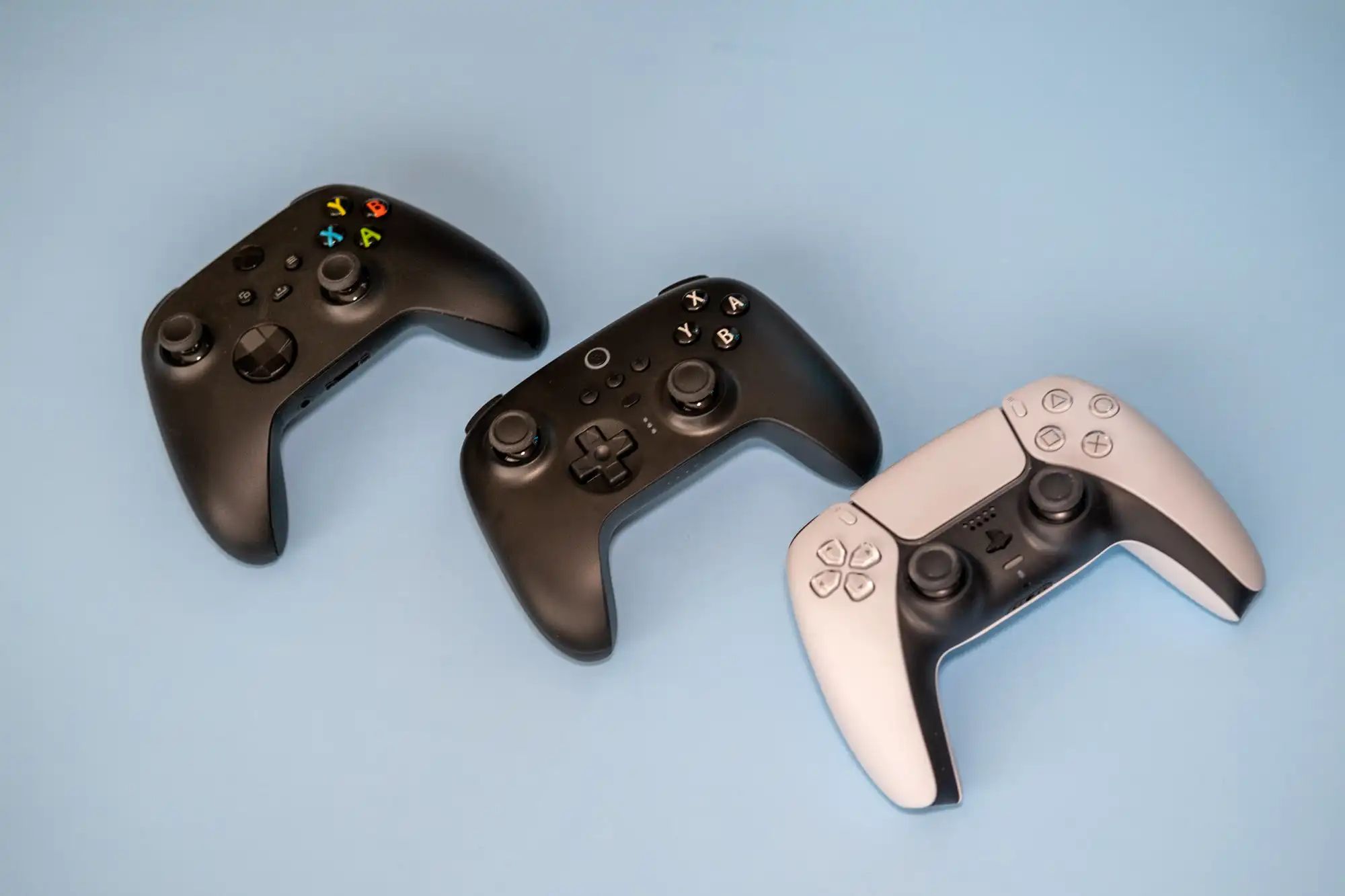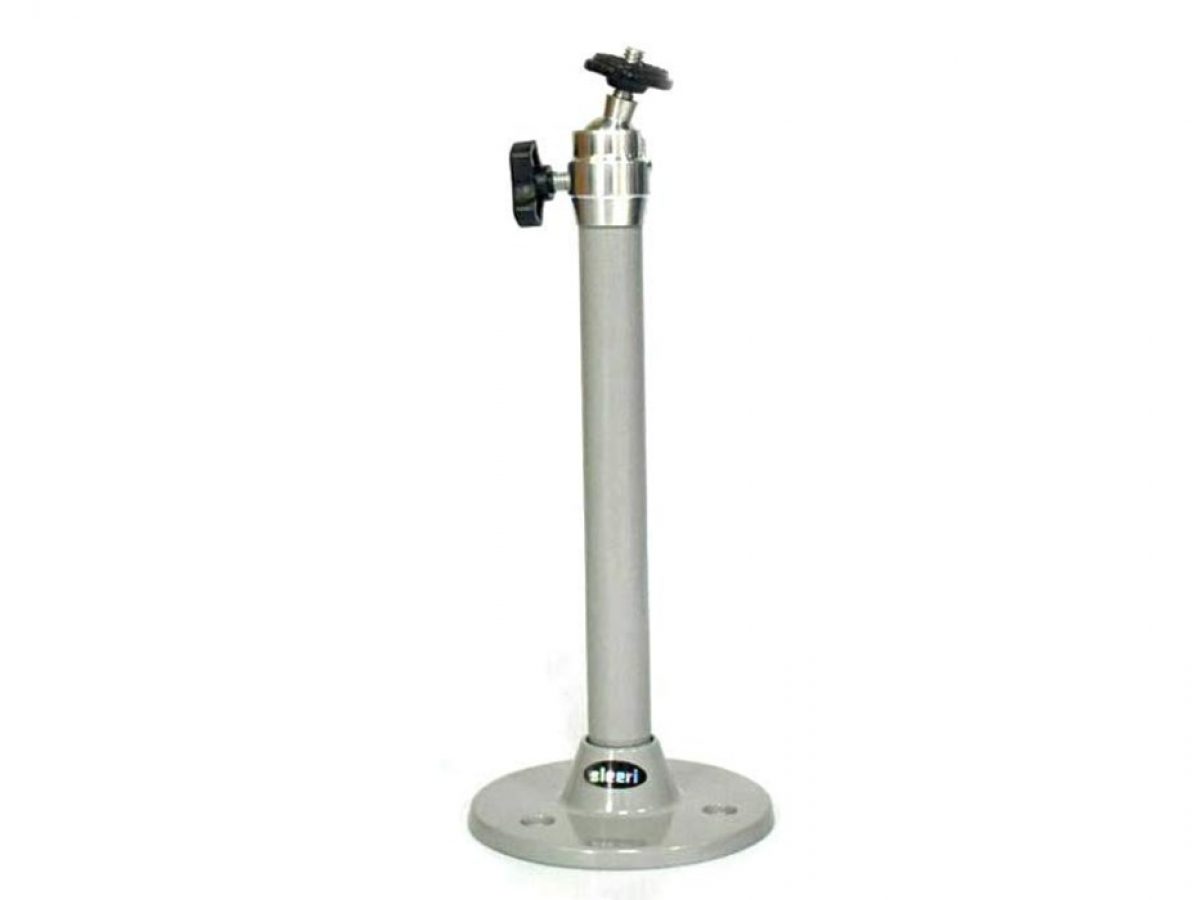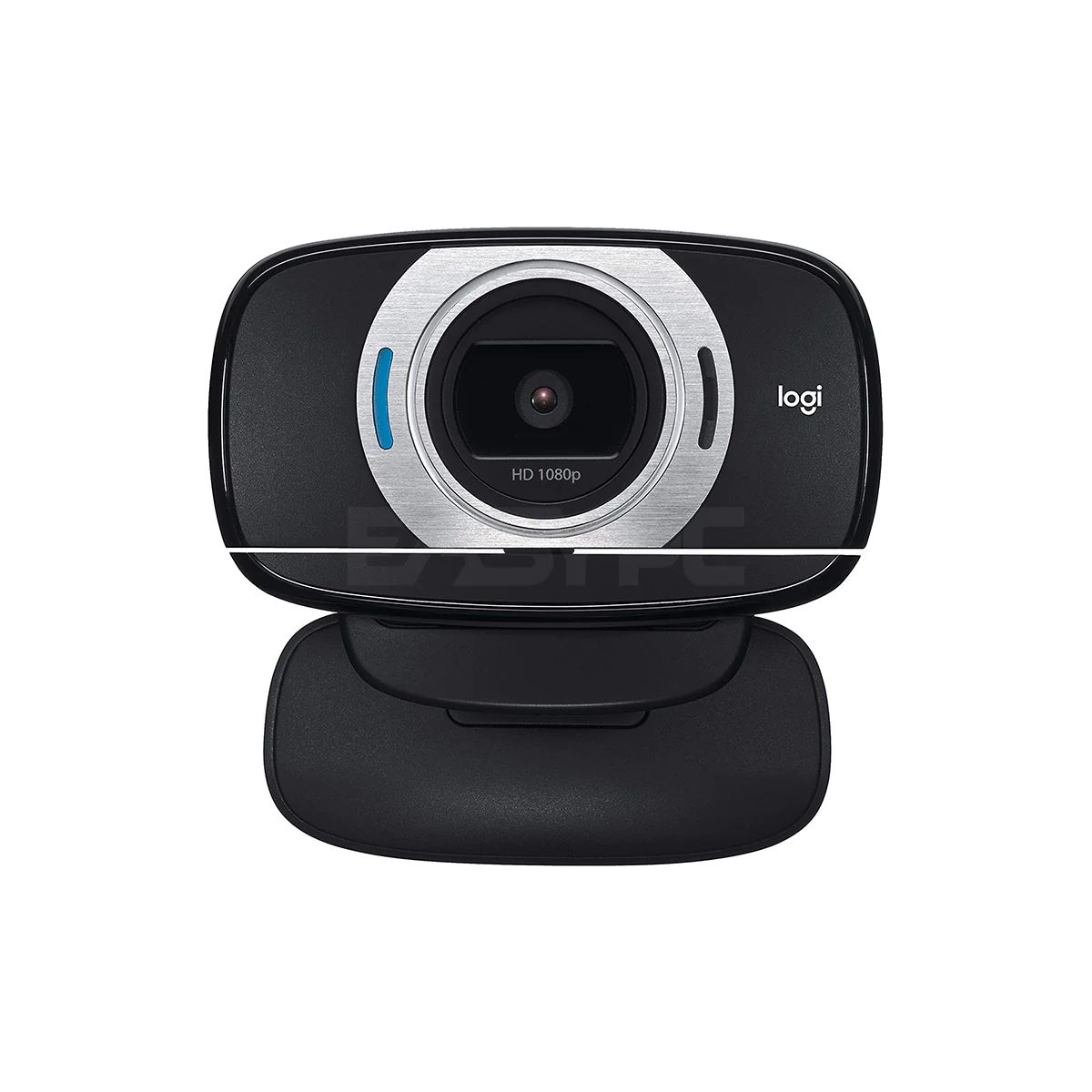Introduction
Welcome to our guide on how to upgrade the audio options of your AcePC T11 Mini PC. The AcePC T11 Mini PC is a compact and versatile device that offers a wide array of features. However, one area where it may fall short for some users is the audio output. The default audio options on the AcePC T11 may not provide the optimal sound quality or connectivity options that you desire.
In this article, we will discuss several ways to enhance the audio output of your AcePC T11 Mini PC. We will cover options such as upgrading the sound card, installing the latest audio drivers, configuring audio settings in Windows, and using external speakers or headphones. Additionally, we will address common audio issues that you may encounter and provide troubleshooting tips to help you overcome them.
By the end of this guide, you will have a comprehensive understanding of how to optimize the audio performance of your AcePC T11 Mini PC to enjoy an immersive and high-quality sound experience. Whether you are a music enthusiast, a gamer, or simply someone who appreciates good audio, these tips and techniques will help you make the most of your device’s audio capabilities.
So, without further ado, let’s dive into the various methods you can employ to upgrade the audio options of your AcePC T11 Mini PC and take your audio experience to the next level.
Choosing the Right Audio Output
When it comes to improving the audio options of your AcePC T11 Mini PC, the first step is to choose the right audio output. The default audio output may not always provide the best sound quality or meet your specific requirements. Here are a few options to consider:
- Internal Audio: The AcePC T11 Mini PC comes with a built-in audio output that allows you to connect speakers or headphones directly to the device. This is the most basic audio option and can suffice for everyday use. However, if you are looking for a more immersive audio experience, you may want to explore other options.
- HDMI Audio: The AcePC T11 Mini PC also has an HDMI output, which can be used to transmit both video and audio signals to a compatible HDMI-enabled display or audio receiver. This option is ideal if you are using your AcePC T11 with a TV or monitor that has built-in speakers or if you want to connect it to an external audio system.
- Bluetooth Audio: Another option to consider is connecting your AcePC T11 Mini PC to a Bluetooth-enabled speaker or headphones. This allows for a wireless audio connection, giving you the freedom to move around without being restricted by cables. Keep in mind that your AcePC T11 must have built-in Bluetooth functionality or require the use of an external Bluetooth dongle.
- USB Audio: If you are looking for more advanced audio options, you can connect an external USB sound card to your AcePC T11 Mini PC. This allows for improved audio quality and additional connectivity options. USB sound cards often come with features such as surround sound, higher sampling rates, and microphone inputs.
Choosing the right audio output depends on your specific needs and preferences. Consider factors such as sound quality, convenience, and the devices you plan to connect to your AcePC T11 Mini PC. By selecting the appropriate audio output, you can ensure a better audio experience that meets your requirements.
Now that we have explored the different audio output options, let’s move on to the next step: upgrading the sound card of your AcePC T11 Mini PC.
Upgrading the Sound Card
If you’re looking to enhance the audio capabilities of your AcePC T11 Mini PC, one effective option is to upgrade the sound card. The built-in sound card in the AcePC T11 may not offer the highest quality audio output, especially if you’re an audiophile or have specific audio requirements. Here’s how you can upgrade the sound card:
1. Research and Compatibility:
Before purchasing a new sound card, it’s crucial to research and ensure compatibility with your AcePC T11 Mini PC. Consider factors such as the available slots, form factor, and software requirements. Compare reviews and customer feedback to find a sound card that suits your needs.
2. Installation:
Installing a new sound card involves opening the case of your AcePC T11 Mini PC and inserting the card into an available PCI or PCIe slot. Follow the manufacturer’s instructions for installation, ensuring proper grounding and handling precautions. Once installed, secure the sound card and close the case.
3. Driver Installation:
After installing the new sound card, you’ll need to install the appropriate drivers. Visit the manufacturer’s website or use the included driver installation disc to download and install the latest drivers for your sound card. This step is crucial as it ensures compatibility and optimal performance.
4. Configuration:
Once the drivers are installed, you may need to configure the audio settings in your operating system to match the new sound card. Access the sound settings in your OS and select the new sound card as the default audio device. Adjust other settings, such as sample rate and audio enhancements, according to your preferences.
By upgrading the sound card, you can significantly improve the audio quality of your AcePC T11 Mini PC. Whether it’s for gaming, music production, or simply enjoying high-fidelity sound, a new sound card can provide the necessary enhancements.
Now that we have covered sound card upgrades, let’s move on to the next section: installing the latest audio drivers for your AcePC T11 Mini PC.
Installing the Latest Audio Drivers
Installing the latest audio drivers is essential for maximizing the audio performance of your AcePC T11 Mini PC. Outdated drivers can cause compatibility issues, poor sound quality, and even audio disruptions. Here’s how you can easily install the latest audio drivers:
1. Identify the Sound Card:
Before proceeding, it’s crucial to identify the sound card model installed in your AcePC T11 Mini PC. You can do this by checking the manufacturer’s documentation or by accessing the Device Manager in your operating system. Note down the make and model of your sound card for reference.
2. Visit the Manufacturer’s Website:
Next, visit the website of the sound card manufacturer and navigate to the support or downloads section. Look for the latest driver version available for your sound card model. Ensure that the driver is compatible with your operating system and download it to your computer.
3. Uninstall the Old Drivers:
Prior to installing the new audio drivers, it is recommended to uninstall the old drivers from your AcePC T11 Mini PC. This ensures a clean installation and prevents conflicts with the updated drivers. Access the Device Manager, locate your sound card, right-click on it, and choose the option to uninstall the drivers.
4. Install the New Drivers:
After uninstalling the old drivers, locate the downloaded driver file on your computer and run the installer. Follow the on-screen instructions to install the latest audio drivers for your sound card. Make sure to restart your AcePC T11 Mini PC after the installation process is complete.
5. Verify and Configure the Audio Settings:
Once the new audio drivers are installed, verify that your AcePC T11 Mini PC recognizes the sound card. Access the sound settings in your operating system and ensure that the newly installed drivers are detected. Additionally, you may need to configure the audio settings, such as sample rate and speaker setup, according to your preferences.
By installing the latest audio drivers, you can ensure compatibility, improve sound quality, and resolve any potential issues with the audio output of your AcePC T11 Mini PC. Now that we have covered driver installation, let’s move on to the next section: configuring audio settings in Windows.
Configuring Audio Settings in Windows
Configuring the audio settings in Windows is an important step in optimizing the audio output of your AcePC T11 Mini PC. Windows provides various options and settings that allow you to customize the audio experience according to your preferences. Here’s how you can configure the audio settings:
1. Access the Sound Settings:
To begin, right-click on the volume icon in the Windows taskbar and select “Open Sound settings.” This will open the Sound settings window, where you can make changes to the audio settings of your AcePC T11 Mini PC.
2. Set the Default Audio Device:
In the Sound settings, navigate to the “Output” tab and select the desired audio device as the default playback device. This ensures that the selected device is used for audio output. Choose the audio output option that provides the best sound quality and meets your requirements.
3. Adjust the Sound Levels:
You can also adjust the sound levels of your AcePC T11 Mini PC to achieve the desired balance between different audio sources. In the Sound settings, go to the “Volume Mixer” or “App volume and device preferences” section. Here, you can adjust the volume levels for individual applications and system sounds.
4. Configure Audio Enhancements:
Windows offers several audio enhancements that can improve the overall audio quality. In the Sound settings, select the audio device and click on “Device properties.” Go to the “Enhancements” tab and check the available audio enhancements such as bass boost, virtual surround, or equalization. Enable or adjust these enhancements based on your preferences.
5. Test the Audio Output:
To ensure that the audio settings are properly configured, you can perform a test by playing a sample audio or video file. Check if the sound is clear, balanced, and meets your expectations. If not, revisit the audio settings and make adjustments as necessary.
By configuring the audio settings in Windows, you can customize the audio output of your AcePC T11 Mini PC to suit your preferences. Whether it’s adjusting volume levels, selecting the default audio device, or enabling audio enhancements, Windows provides the flexibility to enhance your audio experience.
Now that we have covered audio settings configuration, let’s move on to the next section: using external speakers or headphones with your AcePC T11 Mini PC.
Using External Speakers or Headphones
If you want to further enhance the audio experience of your AcePC T11 Mini PC, using external speakers or headphones is a great option. External audio devices can provide superior sound quality and additional features that may not be available with the built-in audio options. Here’s how you can use external speakers or headphones with your AcePC T11 Mini PC:
1. Wired External Speakers or Headphones:
If you prefer a wired connection, you can connect external speakers or headphones directly to the audio output port of your AcePC T11 Mini PC. Most speakers and headphones use a 3.5mm audio jack, which can be plugged into the corresponding audio output on your AcePC T11. Ensure that the volume is adjusted at an appropriate level to avoid distortion or damage to the audio devices.
2. Bluetooth Speakers or Headphones:
Another option is to connect Bluetooth-enabled speakers or headphones to your AcePC T11 Mini PC. Make sure your AcePC T11 has built-in Bluetooth functionality or use an external Bluetooth dongle. Pair the Bluetooth speakers or headphones with your AcePC T11, and once connected, select them as the default audio output device in the Windows Sound settings.
3. USB Audio Devices:
You can also use USB audio devices with your AcePC T11 Mini PC. External sound cards or digital-to-analog converters (DACs) can provide enhanced audio quality and additional audio connectivity options. Simply connect the USB audio device to your AcePC T11’s USB port and configure the audio settings to use the USB audio device as the default output in the Windows Sound settings.
Using external speakers or headphones with your AcePC T11 Mini PC allows you to have greater control over the audio experience. Whether you’re gaming, watching movies, or listening to music, external audio devices can provide richer sound and immersive audio effects.
Now that we have covered using external speakers or headphones, let’s move on to the next section: troubleshooting common audio issues that you may encounter with your AcePC T11 Mini PC.
Troubleshooting Common Audio Issues
While upgrading and configuring the audio options of your AcePC T11 Mini PC, you may encounter some common audio issues. These issues can range from audio playback problems to sound distortion or lack of output. Here are a few troubleshooting tips to help you resolve common audio issues:
1. Check Connections:
Ensure that all audio cables are securely connected to the appropriate ports on your AcePC T11 Mini PC and external audio devices. Loose or faulty connections can result in sound issues. Consider unplugging and reattaching the cables to ensure a proper connection.
2. Update Audio Drivers:
If you are experiencing audio problems, it’s worth checking if you have the latest audio drivers installed. Outdated or incompatible drivers can cause audio disruptions. Visit the manufacturer’s website and download the latest drivers for your sound card to ensure optimal performance.
3. Adjust Volume Levels:
If the audio output is too low, ensure that the volume levels on your AcePC T11 and external audio devices are properly adjusted. Increase the volume gradually and check if the sound level improves. Additionally, check if the audio is muted or if any physical buttons or switches on your external audio devices need to be adjusted.
4. Disable Audio Enhancements:
Some audio enhancements or effects enabled in the Windows settings or third-party audio software can cause sound distortion or inconsistencies. In the Sound settings of your AcePC T11, disable all audio enhancements and effects and check if the issue is resolved. Experiment with different settings to find the optimal configuration for your audio devices.
5. Test with Different Audio Sources:
If the audio issue occurs when playing specific files or applications, try using different audio sources to determine if the problem lies with the audio files or the AcePC T11 Mini PC. Test the audio with various media files, online streams, or different applications. If the issue persists across multiple sources, it’s likely a configuration or hardware problem with your AcePC T11.
6. Restart or Reinstall Audio Applications:
If specific audio applications are causing issues, try restarting the applications or reinstalling them. Corrupted program files or conflicting settings can affect audio playback. Restarting the applications or performing a fresh installation may resolve the issues.
If none of the above troubleshooting steps resolve the audio issues you are experiencing, consider contacting technical support for further assistance. They can provide specific troubleshooting guidance based on the problem you are facing.
Now that we have covered common audio issue troubleshooting, let’s summarize the key points discussed in this guide before concluding.
Conclusion
Upgrading the audio options of your AcePC T11 Mini PC can greatly enhance your audio experience, whether you’re a music lover, gamer, or content creator. By choosing the right audio output, upgrading the sound card, installing the latest audio drivers, configuring audio settings in Windows, and using external speakers or headphones, you can maximize the potential of your AcePC T11’s audio capabilities.
Choosing the appropriate audio output based on your needs and preferences ensures that you can enjoy optimal sound quality and connectivity options. Upgrading the sound card can provide significant improvements in audio performance, especially for those seeking high-fidelity audio playback.
Installing the latest audio drivers is essential for ensuring compatibility and resolving any audio-related issues. By keeping the drivers up to date, you can prevent any potential audio disruptions and take full advantage of the audio features of your AcePC T11.
Configuring the audio settings in Windows allows you to customize the audio output to your liking. Whether it’s adjusting volume levels, enabling audio enhancements, or selecting the default audio device, Windows provides the flexibility to tailor the audio experience according to your preferences.
Using external speakers or headphones further expands the audio capabilities of your AcePC T11 Mini PC. Wired or Bluetooth-enabled audio devices offer superior sound quality, increased immersion, and greater control over audio playback.
Inevitably, you may encounter common audio issues during the upgrade process. By following the troubleshooting tips provided, you can effectively diagnose and resolve these issues, ensuring a smooth and trouble-free audio experience.
By following the steps outlined in this guide, you can transform your AcePC T11 Mini PC into a powerful audio workstation or entertainment hub. So, go ahead and unleash the full potential of your device’s audio capabilities and immerse yourself in an impressive audio experience.







